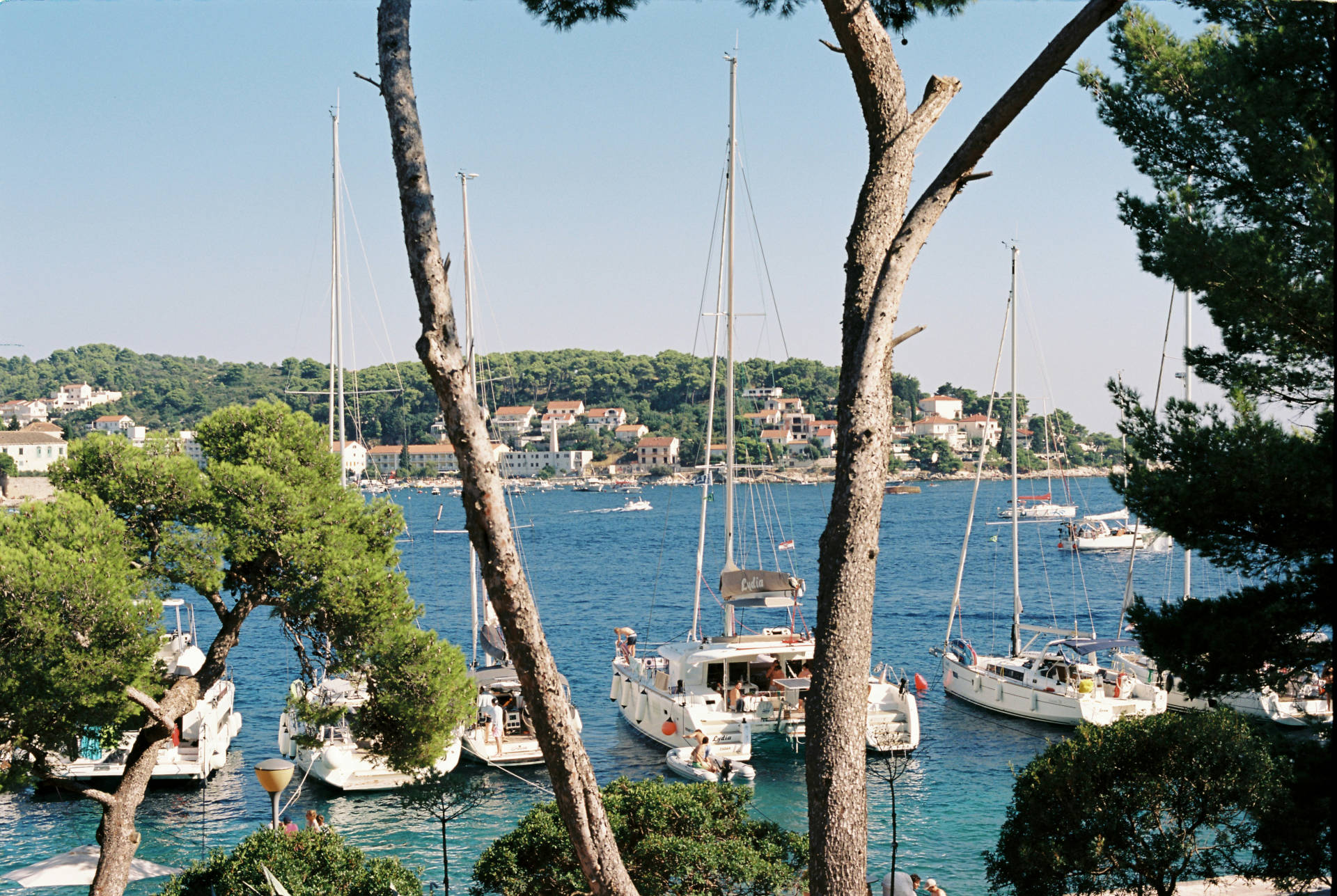Segelrouten

Nachdem Sie sich entschieden haben, die Schönheiten der kroatischen Adria kennenzulernen und ihre Gewässer zu befahren, ist es wichtig zu wissen, welche Teile Sie besuchen möchten. Um Ihren Segelurlaub angenehmer zu gestalten, haben wir einige 7-tägige und 14-tägige Segelrouten in Dalmatien beschrieben, aus denen Sie wählen können.
Sie können die Segelroute nach Ihren Vorlieben ändern. Die Routen hängen vom Einschiffungs- und Ausschiffungshafen ab. Hier finden Sie Vorschläge für die Route Split - Split, die Einwegroute Split - Dubrovnik und die Route Dubrovnik - Dubrovnik.


